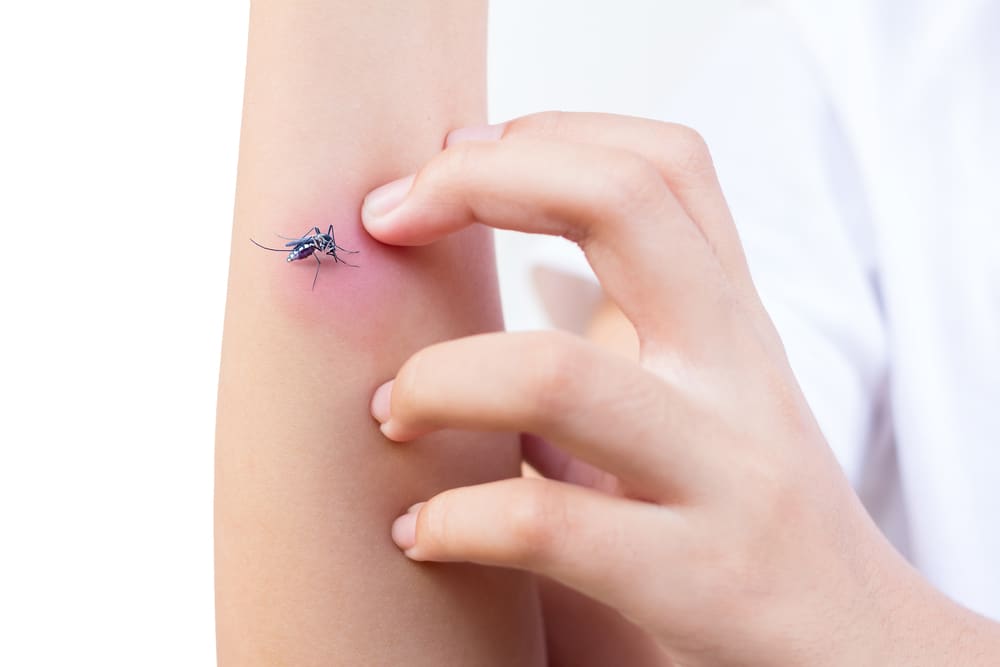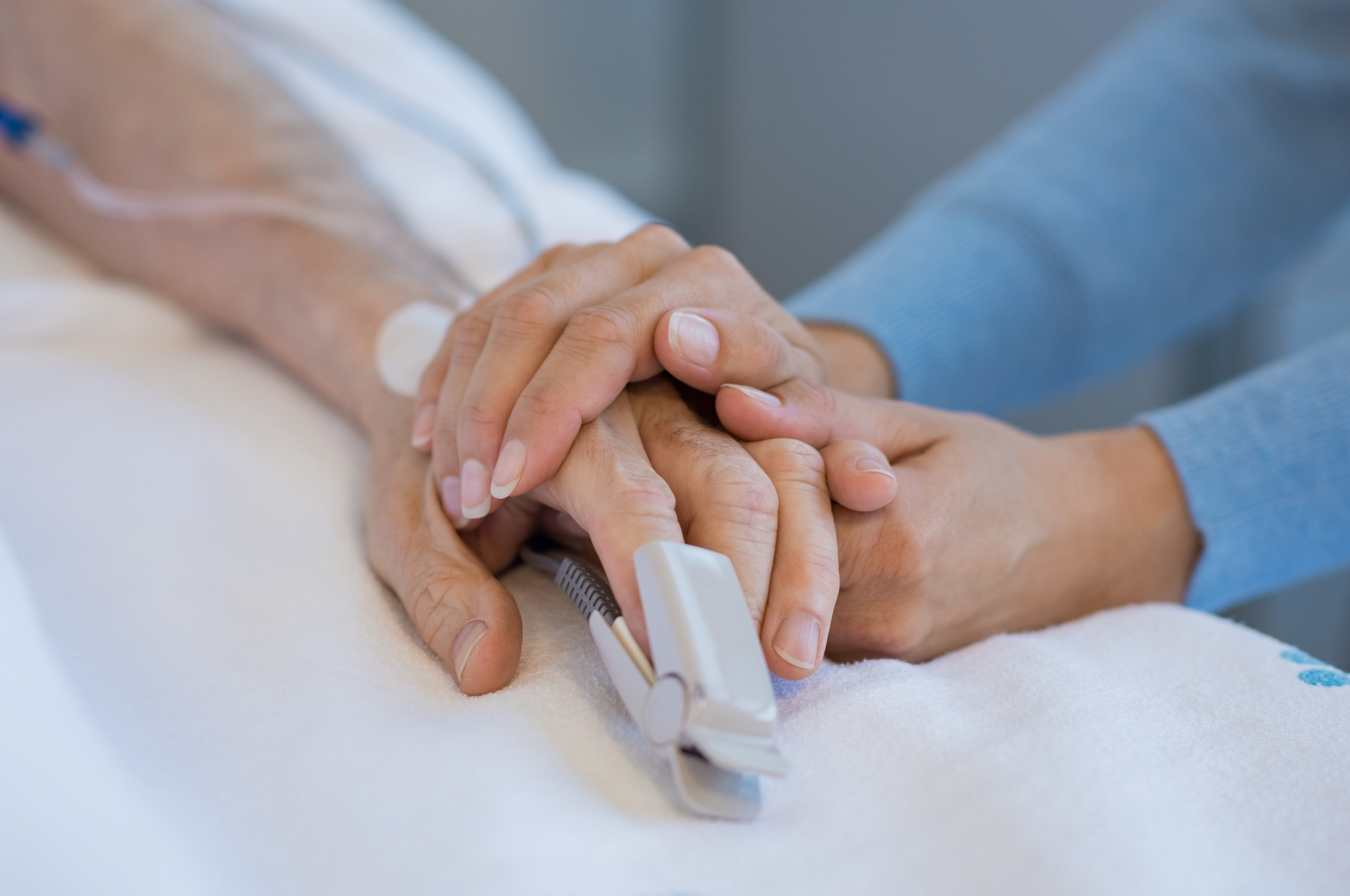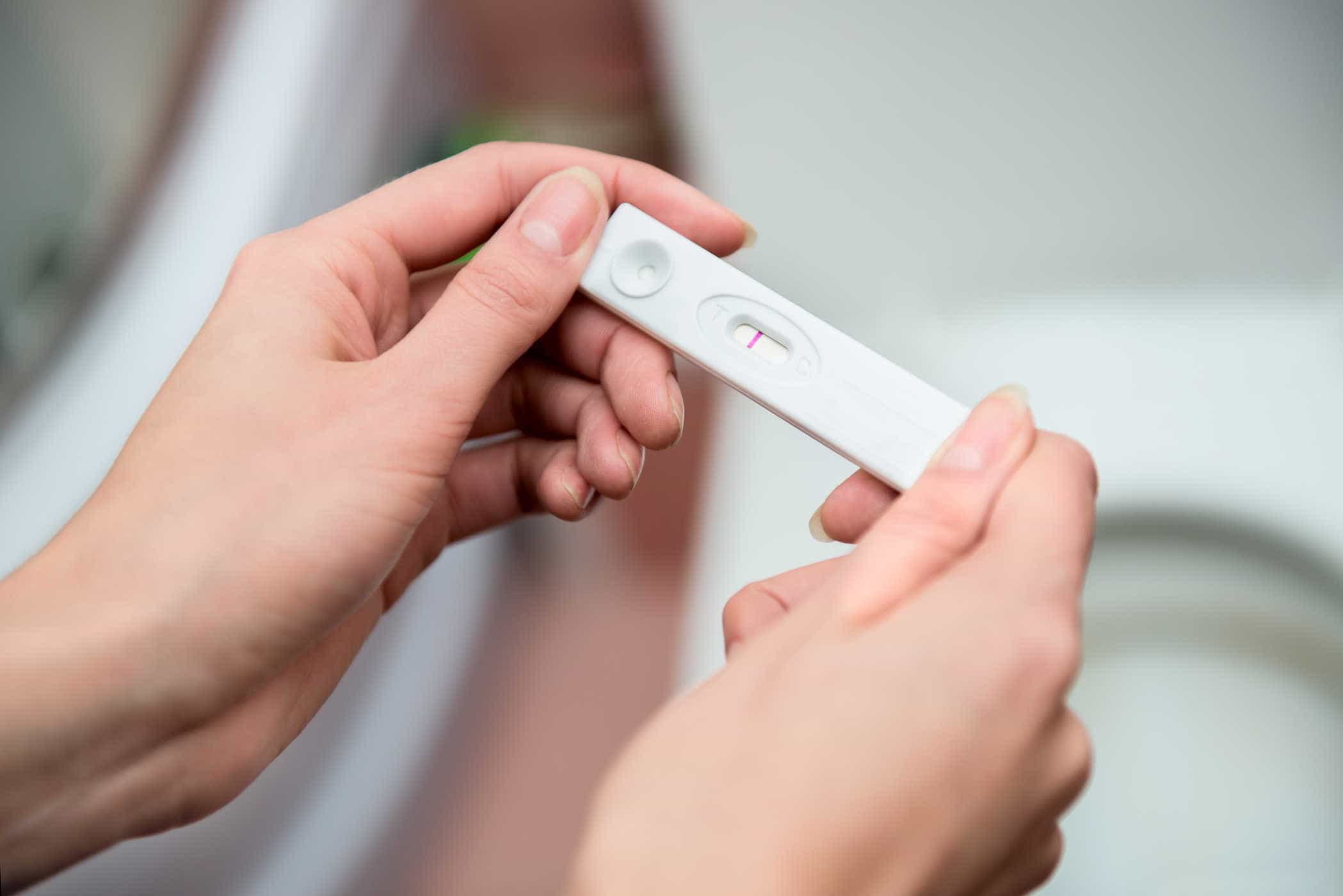Contents:
Medical Video: Malik Shares How He Got Cured from Sickle Cell Disease
Definition
What is sickle cell?
A sickle cell test is a blood test that is performed to check for sickle cell properties or sickle cell disease. Sickle cell disease is a congenital blood disease that causes changes in shape to red blood cells (shaped like a crescent moon). Changes in red blood cells occur because they contain abnormal hemoglobin, called hemoglobin S, not normal hemoglobin, hemoglobin A.
Sickle blood cells are destroyed by the body faster than normal blood cells. This causes anemia. Sickle cells can also be trapped in blood vessels and reduce or block blood flow. This can damage organs, muscles, and bones and can cause life-threatening conditions.
The best way to check sickle cell properties or sickle cell disease is to see blood using a method called high-performance liquid chromatography (HPLC). This test identifies the type of hemoglobin that is present. To confirm the HPLC results, genetic testing can be done.
Sickle cell disease is an autosomal recessive disease. This means that to have the disease, a person must inherit the gene for illness from both parents. Everyone inherits two genes (one from each parent). As a result, someone might have:
- two genes that make normal hemoglobin (hemoglobin A). These people have normal red blood cells, unless they have several other diseases
- one of the genes that makes hemoglobin A and the one that makes hemoglobin S. This person carries sickle cell properties (and is called a "carrier"), but they don't have sickle cell disease. This sickle cell nature is usually in a harmless condition.
- two genes that make hemoglobin S. This person has sickle cell disease. Both parents may carry sickle cell traits or have the disease. Sickle red blood cells often carry recurrent problems commonly called sickle cell crises.
- one of the genes that makes hemoglobin S and one that makes several other types of abnormal hemoglobin. Depending on other types of normal hemoglobin, these people may have mild or severe sickle cell disorders.
When do I have to take sickle cells?
Newborns should be immediately examined for sickle cell disease after birth. Early testing helps ensure that babies with sickle cells get proper care right away, to protect their health.
Untested foreign immigrants, or children who have not been tested, can also carry out sickle cell tests as a preventive measure.
One or more sickle cell tests can be done to help diagnose sickle cell disease if you have symptoms and / or complications such as:
- pain due to sickle cell crisis. The most common symptom of sickle cell disease is the incidence of pain that can last for a long time. Pain can occur throughout the body and often involves bones, joints, lungs, and stomach
- anemia. Sickle cell disease is a hemolytic anemia, which means it is not normal, sickle red blood cells rupture (hemolyze) faster than normal red blood cells and cannot be replaced by the body as fast as needed, thus leading to a decrease in the number of red blood cells and reduced ability red blood to transport oxygen throughout the body
- an increase in the number and frequency of infections, especially pneumonia, which is the leading cause of death in children with sickle cell disease
- cough, chest pain, and fever are thought to be caused by a serious complication of sickle cell disease called acute chest syndrome
Prevention & warning
What should I know before undergoing sickle cells?
The symptoms of sickle cell anemia and complications experienced will vary greatly from person to person, even within the same family. Recent blood transfusions, usually in the last three months of the test date, can cause false negative test results with several tests (for example, Hb S solubility tests) because normal red blood cell transfusions reduce the relative amount of hemoglobin S present in people's systems affected.
People with sickle cell properties are generally healthy, but those who exercise heavily such as athletes, and those who are exposed to dehydration or extreme height, sometimes experience symptoms of sickle cell anemia. Sickle cell operators produce both Hb A and some Hb S. When they experience significant stress that reduces the amount of oxygen in the body, red blood cells containing Hb S can become sickle.
Process
What should I do before undergoing a sickle cell test?
There is no preparation needed for this test. Be sure to tell your doctor if you have a blood transfusion in the last 4 months because it can interfere with the test results.
How is the sickle cell test process?
For sickle cell tests, you need to provide a blood sample that is usually taken from one of the blood vessels on a regular blood test. An elastic belt will be tied around your upper arm to make the vein swell with blood. Then, the needle will be gently inserted into the vein. Blood will naturally flow into the tube attached to the needle. When there is enough blood for the test, the health professional will take a needle and cover the puncture marks with a bandage.
When tests are performed on very young babies or children, technicians can use a sharp tool called a lancet to pierce the skin on the heel or finger, and collect blood on a slide or test strip.
What should I do after having a sickle cell test?
You will be given a date to get your test results. Your doctor will explain what your test results mean. Sometimes, your doctor may request further examination. Follow the doctor's instructions carefully.
Explanation of Test Results
What do the test results mean?
Normal range of values can vary slightly between different laboratories. Some laboratories use different measurements or test different samples. Talk to your doctor about the meaning of your specific test results.
Normal: there is normal hemoglobin
Abnormal: there is abnormal hemoglobin
In sickle cell properties, there is more than half of normal hemoglobin (hemoglobin A) and less than half abnormal (hemoglobin S).
In sickle cell disease, almost all hemoglobin is hemoglobin S with some hemoglobin called hemoglobin F. In infants, sickle cell blood tests can be repeated at 6 months of age, or testing genetic information (DNA) can be done.
Hello Health Group does not provide medical advice, diagnosis or treatment.











